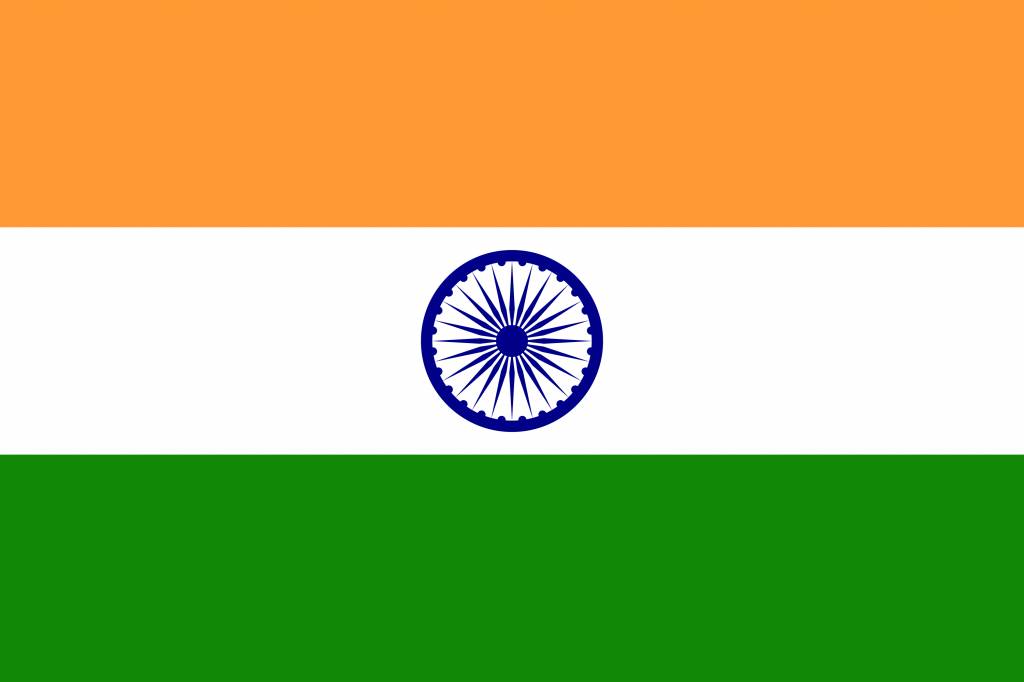Let us try to understand the structure of Land Administration from the bottom up.
That is from the lowest level to the top. From Village level to Taluka Level to District level.
So a village is made up of a bunch of lands. Just a bunch of mostly-rectangular pieces of land.
Each of this land is recognized currently by it’s Gat Number.
Now it is important to understand that when the British invaded India, the lands were measured and accounted in thuls and other forms measures.
Then the Britishers created a system of “survey numbers”. So before we moved to the present Gat Number system, we were using the Survey Number system.
Okay, so a bunch of rectangular lands with Gat Numbers together make a village.
Now, at the village level, there are two important offices.
- The Chavadi (Land Records Office under the Revenue Department, Maharashtra State Government)
- The Gram Panchayat Office (Under Zilla Parishad)
1. The Chavadi
The Chavadi has a “Talathi” who overlooks all the Land Accounting. Sales and Transfers and Titles. Everything. Under the Talathi is her Assistant called “Gaon Kotval” who does most of the work as directed by the Talathi.
2. The Gram Panchayat
Every village in India has it’s village council also known as Gram Panchayat. Every village is divided into multiple wards for this reason, villagers elect one person from their ward and all the ward members elect a sarpanch or the head of the village.
This Sarpanch is almost never in the office. They are “busy” in other business. So some employees manage this office.
So the gram panchayat has no supervisory body, they work according to their wish and will mostly. They have no control over the purchase and sale of land, but their permission is needed when you want to do something other than agriculture on your land.
Now, when you take a bunch of villages together, what you get is a circle.
For the administration of these Circles, there’s a Circle officer.
When you take a bunch of circles together, what you get is a Taluka.
The Tehshildar Office is a very large and busy office. It is used for the administration of a taluka.
When you take a bunch of Talukas together, you get a Revenue Sub Division. This is administrated by the Sub Divisional Magistrate (SDM).
And finally, when you put together a few Revenue Sub Divisions, you get a District, which is administered by the District Collector with the help of his colleagues.
